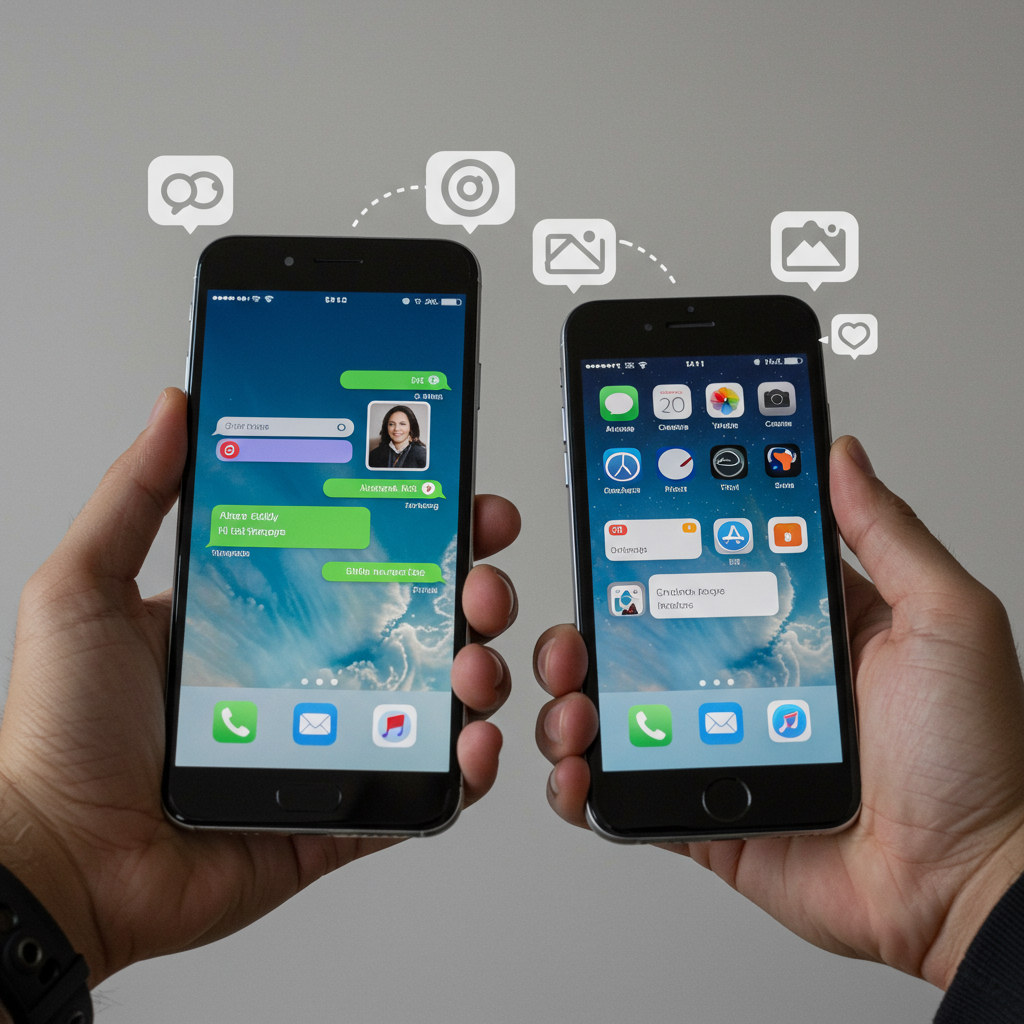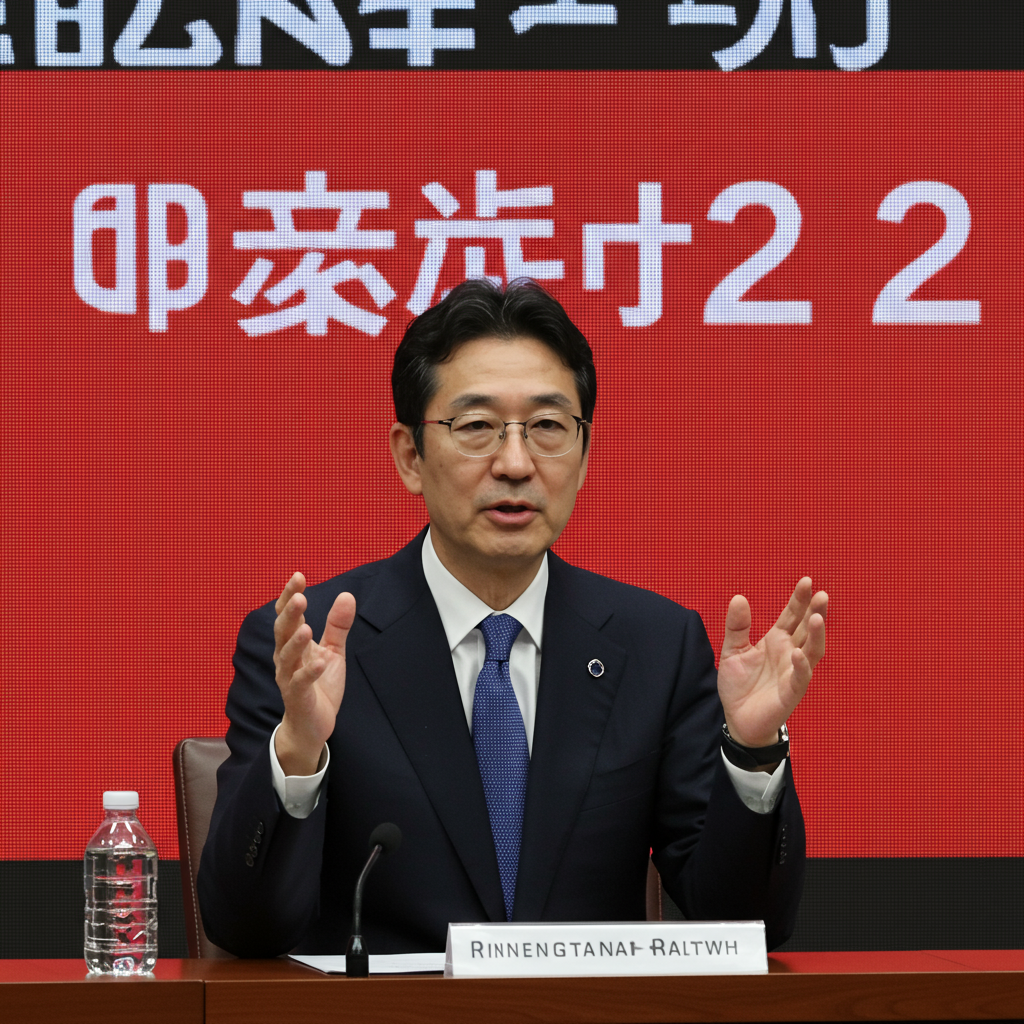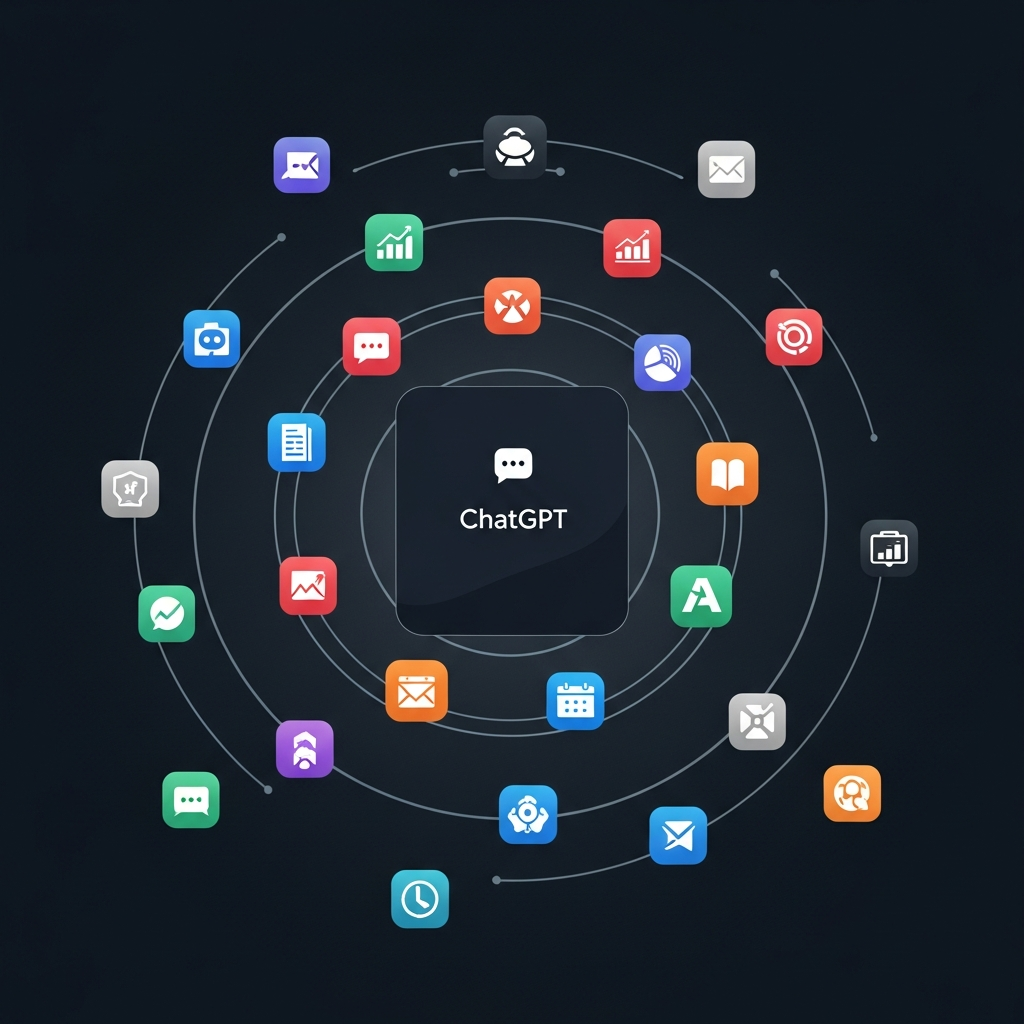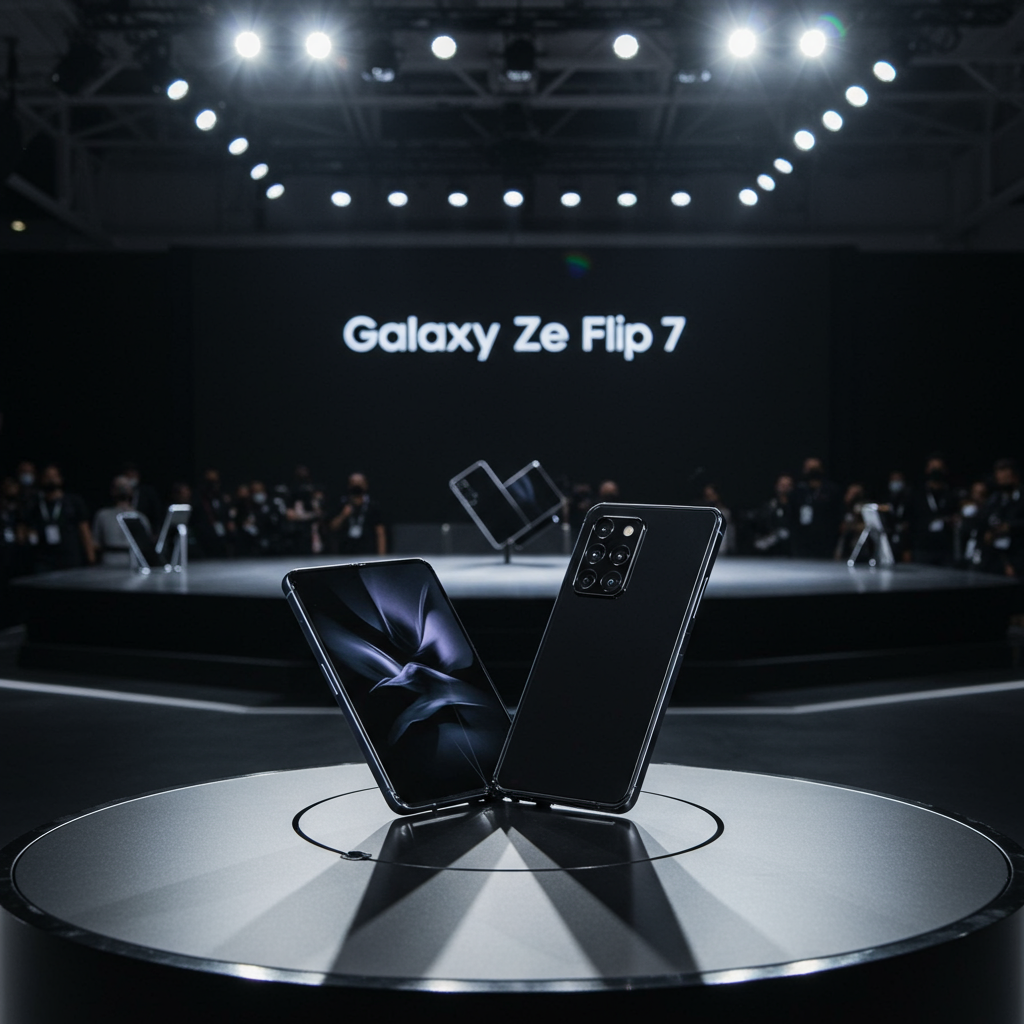For years, the messaging gap between android phones and iPhones felt like a chasm. Sending texts across operating systems meant sacrificing modern chat features, resulting in low-quality photos, no read receipts, and awkward group chats – the dreaded “green bubble” experience for iPhone users. Thankfully, the introduction of Rich Communication Services (RCS) began to bridge this divide, bringing much-needed upgrades like high-quality media sharing, typing indicators, and read receipts to cross-platform conversations. While these core enhancements arrived last year, some advanced functionalities were initially missing. One highly anticipated feature, the ability for Android users to edit messages sent to iPhones, is now starting to roll out, promising even smoother communication. However, the current implementation comes with a notable limitation that iPhone recipients will notice.
This development marks another step in Google’s long effort to improve texting for Android users, particularly when communicating with their iPhone-using friends and family. RCS has fundamentally changed the baseline experience, moving away from the limitations of SMS and MMS. The gradual addition of features like message editing brings Android-to-iPhone chats closer to the seamless experience enjoyed by users within the same platform (iMessage for iPhone-to-iPhone and RCS for Android-to-Android).
The Evolution of Cross-Platform Texting
Before RCS became a standard for Android and iPhone interactions, texting between the two ecosystems was stuck using outdated technologies: SMS (Short Message Service) for basic text and MMS (Multimedia Messaging Service) for group chats and media. This ancient standard dates back to the early days of mobile phones and severely limits file sizes, leading to pixelated pictures and videos, unreliable group messages, and a complete lack of modern conveniences like seeing if someone is typing or has read your message.
The stark contrast with iMessage, Apple’s proprietary messaging protocol used between iPhones, highlighted the divide. iMessage offered all the features SMS/MMS lacked, creating a perception of a superior messaging experience that often left Android users feeling like second-class citizens in conversations. Google championed RCS as the universal successor to SMS, aiming to bring a rich, app-like messaging experience to standard phone numbers, regardless of the device brand. Apple’s decision to finally adopt the RCS standard on iPhones last year was a significant victory for cross-platform compatibility.
RCS: Bridging Feature Gaps
RCS introduced several key improvements that immediately enhanced Android-to-iPhone messaging:
High-Quality Media: Sending and receiving sharp, clear photos and videos became possible.
Read Receipts: Users could see when their messages were read.
Typing Indicators: Knowing when someone is composing a reply improved conversational flow.
Larger File Transfers: Sharing bigger files became feasible.
More Reliable Group Chats: Group conversations functioned more smoothly than with MMS.
These features, enabled by RCS, significantly closed the functionality gap. However, some advanced features available within each platform’s native environment (like editing messages or robust end-to-end encryption) weren’t part of the initial cross-platform RCS rollout.
Message Editing: A Long-Awaited Feature Arrives
Message editing has become a common feature in modern messaging apps. iPhone users could edit iMessages sent to other iPhones, and Android users gained the ability to edit Android-to-Android RCS messages about a year ago. The challenge lay in making this feature work seamlessly between the two platforms.
The technical hurdle centered around the RCS standard itself. When Apple first implemented RCS, it was based on the Universal Profile 2.4 specification, which did not include a defined standard for message editing. Google had already introduced editing for Android-to-Android chats, but this was a proprietary implementation, not part of the universal standard Apple adopted. This meant the feature wasn’t interoperable across platforms.
The Universal Profile 3.0 Update
The landscape changed earlier this year with the release of the GSM Association’s Universal Profile 3.0. This updated specification explicitly added support for key features that enhance cross-platform communication, including both message editing and a framework for end-to-end encryption (E2EE). With the standard now defining how message edits should work, Google could begin implementing this functionality in its Google Messages app for cross-platform compatibility.
Reports confirm that this feature is now starting to roll out to some Android users. The process for editing a message sent via RCS to an iPhone is intuitive: long-press the message, tap the pencil or edit icon that appears, and the original text populates the message box, allowing you to make changes and resend. Just like with editing features within native apps, there’s typically a time limit – currently 15 minutes after sending the message.
How It Works (and the Current Limitation)
Initial testing shows that editing works from the Android sender’s perspective when messaging iPhones running recent versions of iOS, including the latest stable release (like iOS 18.5) and beta versions (like iOS 26 beta). It functions in both individual and group chats, provided the edit is made within the 15-minute window.
However, here is the significant “catch” the original title alludes to: While the edit looks seamless on the Android side, the recipient on the iPhone currently sees the edited message appear as a new message. This new message is marked with an asterisk () at the beginning, indicating it’s an edited version of a previous text, but it does not replace or modify the original message in the conversation thread. This is different from how editing works within iMessage or Android-to-Android RCS, where the original message is typically replaced or visibly updated.
Furthermore, the capability appears to be one-sided for now. iPhone users sending RCS messages to Android users do not yet have the ability to edit those messages.
Why the “Catch” Exists and What’s Next
The reason for the current limitation lies with Apple’s Messages app. While iOS now supports the underlying RCS standard that allows for editing (Universal Profile 3.0), Apple’s messaging application itself needs to be updated to properly interpret and display incoming RCS edits according to the new standard. Instead of modifying the original message bubble, it currently defaults to treating the edited version as a brand new piece of communication with an indicator.
Apple will likely need to release a software update for iOS that refines how the Messages app handles edited RCS texts from Android. There is currently no official timeline for when Apple might implement this more polished display of edited messages.
The hope is that full, seamless support for RCS message editing will arrive alongside other promised cross-platform RCS enhancements, such as the much-anticipated end-to-end encryption. Both Apple and Google have publicly stated their commitment to bringing E2EE to cross-platform RCS chats based on the Universal Profile 3.0 standard, which would significantly enhance the privacy and security of messages exchanged between Android and iPhone users. Pairing proper editing support with E2EE would represent a major leap forward in Android-iPhone communication.
The Rollout is Limited For Now
It’s important for users to know that this editing feature is not yet widely available to all Android users. Reports indicate that Google is currently conducting a phased rollout, likely performing A/B testing with a small group of users, possibly those in the Google Messages beta program.
The author of the original piece noted only two other instances of users reporting access to the feature when they gained it, suggesting it’s still in early stages. This means most Android users will likely need to wait for a broader public release from Google before they can edit messages sent to iPhones. Apple users, of course, will also need their own iOS update to see the edited messages displayed correctly.
The gradual nature of this rollout is typical for new features involving multiple platforms and software updates. It allows companies to test functionality and gather feedback before a wider release.
Broader Context of RCS Adoption
This move by Google is part of a larger trend towards more robust cross-platform messaging facilitated by RCS. The fact that RCS is rolling out even on smaller carriers like Mint Mobile for iPhones (currently in beta) underscores the increasing adoption and impact of this standard across the industry. As more carriers and devices fully embrace the latest RCS specifications, the inconsistencies and limitations that have historically plagued Android-iPhone texting are expected to diminish further. While disparities with iMessage features will likely persist (e.g., scheduling messages, certain effects), core communication functions like media sharing, read receipts, typing indicators, and now editing are becoming increasingly standardized and reliable across platforms. This is a significant benefit for the millions of users who communicate daily between Android and iOS devices.
Frequently Asked Questions
How does editing Android messages sent to an iPhone work via RCS?
To edit an RCS message you’ve sent from an Android phone to an iPhone, you typically long-press the message within the Google Messages app. If the feature is available and within the allowed time frame (currently about 15 minutes), an edit icon (often a pencil) will appear. Tapping this icon brings the original message text back into your composition box, allowing you to make changes. Once edited, you send the message again.
What does an edited Android message look like on an iPhone recipient’s screen?
Currently, the “catch” is that when an Android user edits an RCS message sent to an iPhone, it does not modify the original message bubble for the iPhone recipient. Instead, the edited message appears as a brand new message in the conversation thread. This new message is preceded by an asterisk (*) to indicate it’s an edited version of something sent previously.
When will seamless cross-platform message editing be fully available?
The ability for Android users to edit messages sent to iPhones is currently in a limited rollout phase for some Android users. For the edited messages to display seamlessly on iPhones (i.e., replacing the original text rather than appearing as a new message), Apple will need to update its Messages app to properly support this functionality based on the RCS Universal Profile 3.0 standard. There is no confirmed timeline for this Apple update, nor for the wider public rollout of the feature by Google.
Conclusion
The rollout of the ability for Android users to edit messages sent to iPhones via RCS is a significant step forward in improving cross-platform mobile communication. It brings a highly requested feature to the conversation between the two largest mobile ecosystems. While the current implementation has a notable “catch” where edited messages appear as new messages on the iPhone side, it demonstrates the ongoing progress facilitated by the RCS standard and its evolution through specifications like Universal Profile 3.0. As Google continues its rollout and Apple hopefully updates iOS to fully support the standard’s editing display, the messaging experience between Android and iPhone users will become increasingly feature-rich and seamless, inching closer to parity. For now, the feature is limited, but its arrival in testing signals a promising future for green bubble conversations.
Word Count Check: ~1050 words




